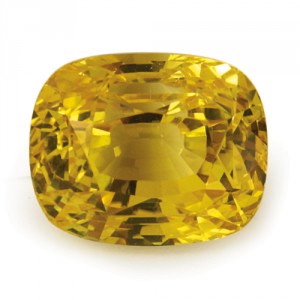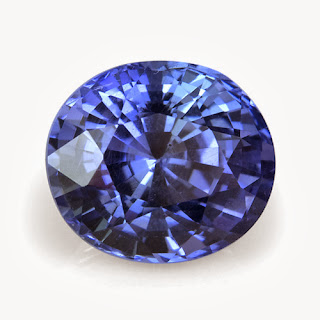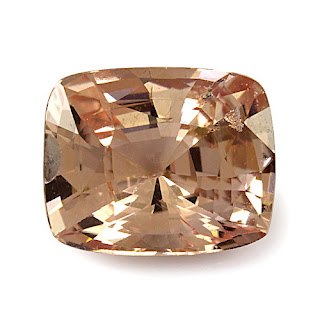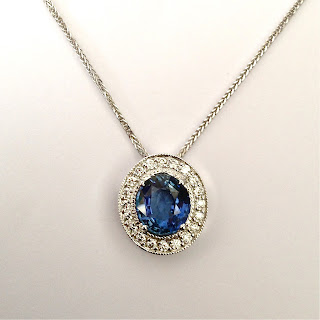Most of you may have already seen that lots of
new sapphires from Sri Lanka are now in store, just in time for mother’s day. If you haven’t already, you still have just enough time to order online and receive it by Friday. Mum will be very happy to have something natural that lasts a lifetime and more.
It is always very exciting when we get
new sapphires. All our sapphires are unheated natural sapphires.
Unheated natural sapphires are rare, unlike treated sapphires; it took us a very long time to collect these precious stones. Some were cut at the mines itself (most we re-cut) and some we got the rough stone and cut in our lapidary under instructions of my father, who is an award winning cutter.
I tell you what, photographing sapphires isn’t the easiest thing. Specially when they are cut so well the twinkle of the facets makes it very difficult to photograph; some facets appear black whilst others appear white. We still have a lot of fun photographing, never a dull moment.
 |
| 4.11 ct unheated natural yellow sapphire |
Amongst the new stones was this stunning
unheated vivid yellow sapphire. Beautifully faceted. It is about 1mm deeper than usual cutting standards in comparison to the width, but this has done a great job in intensifying the colour. Lustre is fabulous. This sapphire will make a ring or a pendant that truly stand out.
Yellow sapphires in this colour are usually beryllium treated (a chemical that is used when heating sapphires under extreme temperatures to obtain a golden yellow colour), so it is very rare to find an unheated natural sapphire in this colour. You will see that some suppliers who claim to supply only unheated natural sapphires, still supply treated yellow sapphires stating that it is difficult to find unheated yellow sapphires.
This is a very special stone for someone who loves spring colours, undoubtedly this will add elegance to your outfit.
We also have
more natural sapphires coming in soon, sign up to the ‘New sapphire alert’ to be the first one to know when they are in store.

























